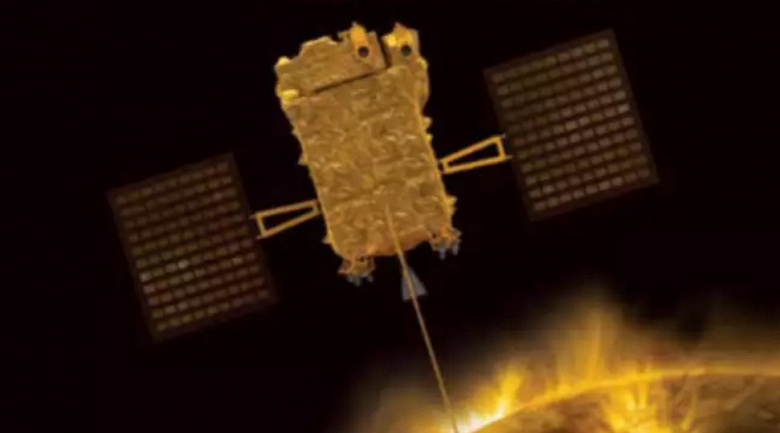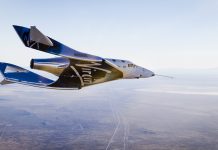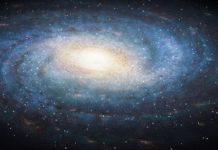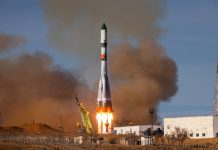ISRO announced the successful launch of the ASPEX experiment and revealed plans to study solar wind using Aditya-L1
The Indian space agency ISRO (Indian Space Research Organization) announced that the Aditya Solar Wind Particle Experiment (ASPEX) payload on board the Indian Aditya-L1 satellite has begun to function normally.
Aditya-L1 was launched on a PSLV-C57 launch vehicle from Sriharikota on September 2. The satellite is placed in a halo orbit at the L1 Lagrange point, located between the Earth and the Sun.
The goal of the Aditya-L1 project is to study solar wind and space weather. The information obtained by the satellite will reveal the origin, acceleration and direction of the solar wind, as well as understand its impact on Earth.

Aditya-L1 mission: instruments begin collecting data on space weather and solar wind
Aditya-L1 is the second ISRO spacecraft to move beyond the Earth’s gravitational sphere of influence after the successful Mars Exploration Mission. Aditya-L1 carries seven scientific instruments, including four solar observation instruments and three plasma and magnetic field measurements.
ASPEX includes two important instruments: the Solar Wind Ion Spectrometer (SWIS) and the High Energy Particle Spectrometer (STEPS).
STEPS was launched on September 10th and SWIS started on November 2nd this year and has already shown results. SWIS, using two sensor units with a full 360° view, operates in planes perpendicular to each other. This spectrometer monitors solar wind ions, particularly protons and alpha particles. According to ISRO, SWIS has successfully measured these particles, which are a major contributor to the solar wind.
An energy histogram obtained from one of the SWIS sensors over two days in November shows changes in the number of protons (H+) and alpha particles (He2+). These data provide a rich set of information about the behavior of the solar wind. This measurement will help resolve questions about the properties of the solar wind, its basic processes and influence on the Earth. Also, the change in the proportion of protons and alpha particles observed by SWIS has the potential to provide indirect information about the occurrence of coronal mass ejections at the L1 Lagrange point.
After careful analysis of the collected data, the scientific community expects to gain new knowledge about the characteristics of the solar wind and its impact on Earth from the ASPEX experiment on the Aditya-L1 satellite.




